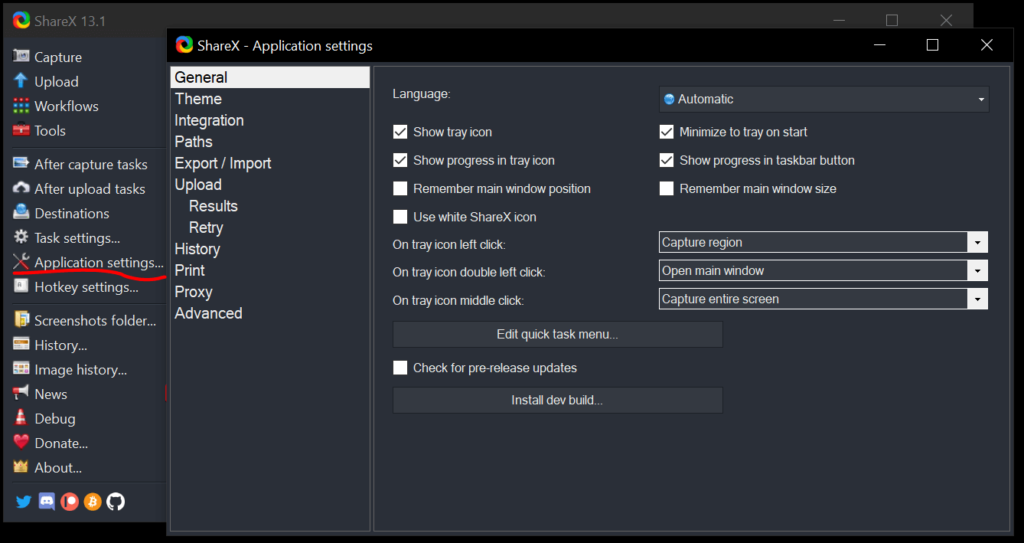


You can select ‘Microphone’ from this to record both screen and audio at the same time. In this same section, you can choose the source of the audio. You can try different settings to identify the best balance. The slower the processing, the smaller the size of the generated file will be, but on slow systems, this can cause problems in the video (for example, drop frames). However, the x264 codec is commonly used as it has great compatibility with multiple systems and the generated files are of good quality and most video editors support this format properly so go with H.264. The H.265 video format compresses the image without losing quality between two and ten times better than its predecessor, H.264. In the Codecs box, change the Video Codec from H.264 / x264 to H.265 / x265. I recommend keeping it at 20 for better quality recording. Now, the lesser the CRF number, the better video quality you are going to get with the screen recording. You will see an option to choose the CRF. Now you have to click on the ‘Download’ button and it will start downloading the FFmpeg, which is the encoder that ShareX uses to create the video).


 0 kommentar(er)
0 kommentar(er)
